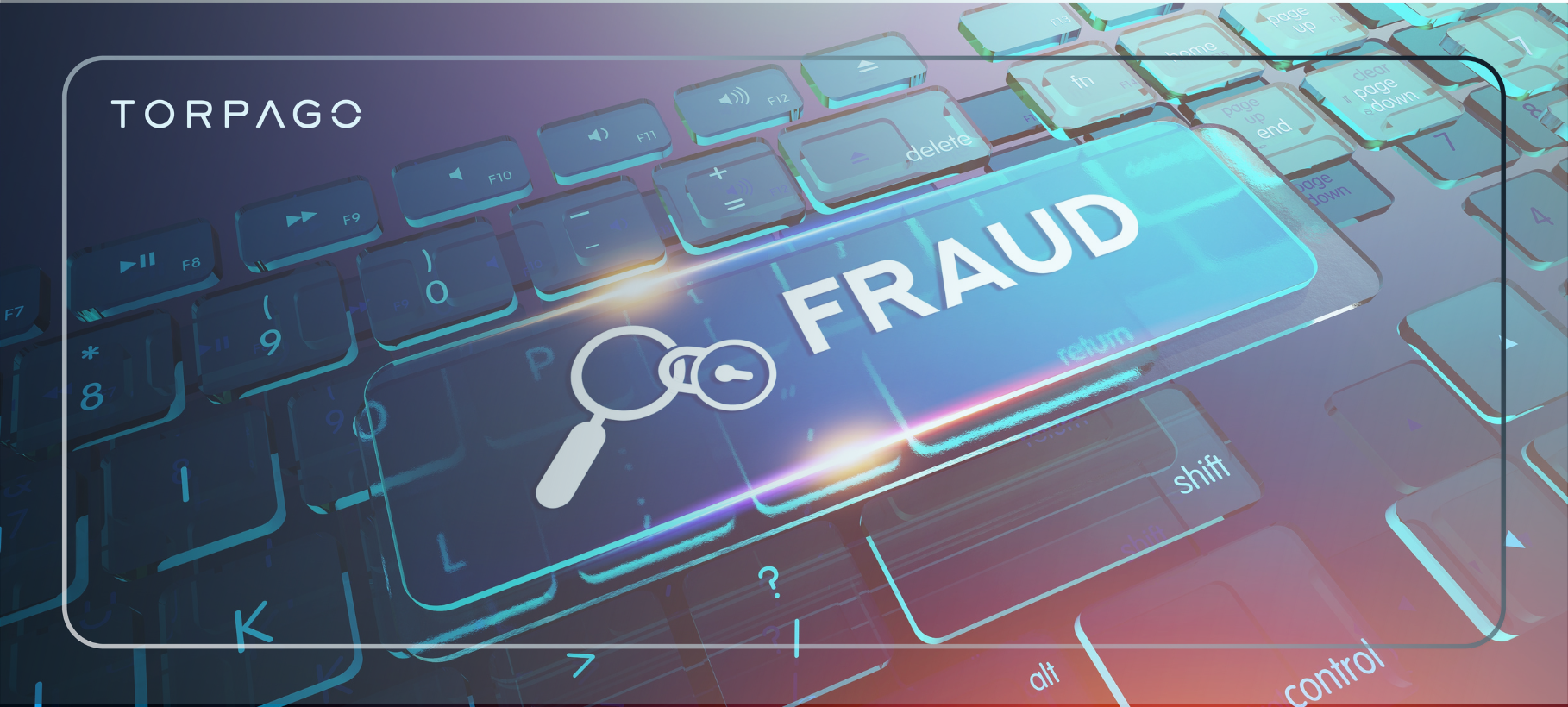Eliminate Expense Reimbursement Fraud
While discrepancies with expense reimbursements can sometimes be simple mistakes, expense reimbursement fraud happens more often than you might think. According to the Association of Certified Fraud Examiners (ACFE), expense reimbursement fraud makes up 11% of all fraud cases with the median loss being $40,000 in 2022.
What's more, expense fraud can take a long time to uncover. The average reimbursement fraud takes up to 18 months to discover, and only 28% of found by audits or reviews. In other words, most of the fraudulent activity taking place goes unnoticed.
The number one reason expense reimbursement fraud is so prevalent is a lack of internal controls that enable such activity to slip through the cracks.
Types of Expense Reimbursement Fraud
We want to think that our employees are good stewards of company assets and will not take advantage of system flaws to commit fraud, but it's always smart to trust but verify. Employees can game the system to get paid for expenses they never made in several ways.
Fictitious Expenses
It can be difficult to detect when employees turn in fake receipts or claim reimbursement for purchases they didn't make. Employees traveling on company business might turn in an expense for transportation to the airport when they took advantage of a hotel's complimentary shuttle service or claim a per diem for meals that they skipped. While many such abuses are small dollar amounts, that's not always the case.
Claiming Personal Expenses as Business Expenses
Consider the case of Paul and Sandra Dunham at PACE Worldwide, who pled guilty to stealing $1 million from the company by turning in fake expense reimbursement requests. While the couple was ordered to repay the company and serve jail time for their offense, uncovering and prosecuting the fraud took nearly a decade. The couple categorized time-share payments, furniture, and even beds for their dogs as business expenses.
While such cases at the Dunhams are rare, the potential for abuse exists in most companies that use traditional expense reimbursement methods without proper spending management tools.
Duplicate Reimbursements
Another type of expense reimbursement fraud occurs when employees submit multiple requests for the same expense. For example, they might turn in a store receipt for a purchase in one report and then turn in a credit card statement in another report. While this might be an honest mistake, it might be an attempt to defraud the company.
Refunded Expenses
Employees can also submit expenses for purchases where they received a refund, and the company is unaware. For example, employees might turn in a receipt for a hotel room or a flight that was canceled. There have also been instances where employees booked two flights, turning in reimbursement requests for the more expensive flight that they canceled and instead took the cheaper flight and pocketed the difference.
Submitting Expenses That Do Not Qualify
Many companies do not have detailed policies on what qualifies as an expense. Even for companies with solid reimbursement guidelines, employees often misclassify spending to avoid rejections. For example, employees at companies that do not allow alcohol purchases may only turn in credit card receipts instead of itemized restaurant receipts to avoid detection. Employees may also book upgraded flight tickets or rental cars when lower fares are available.
Outright Fraud
There have also been cases where employees conspire with vendors to commit fraud. Vendors may produce fake receipts or "pad" expenses and then split the money they receive. Controlling where employees can spend company dollars and how they are spent can lead to fraud.
Mitigating Expense Reimbursement Fraud
The key to mitigating expense reimbursement fraud is to have a spending management system that tracks, analyzes, and controls business expenditures. The right spend management platform can reduce the risk of fraud by ensuring adherence to company spending policies.
Torpago enables real-time transaction tracking on corporate cards, so you can see where your money is going. You can issue corporate cards or virtual cards that are good for one-time purchases or specific expenses. With robust spend management tools, you can restrict purchases in multiple ways, including spending only for:
- Preferred Vendors
- Pre-set amounts
- Specific categories of purchases
- Purchases during certain times of day
Card usage can be blocked for specific categories, hours, days, or spending thresholds. When spending occurs that deviates from pre-set configurations, you can get instant alerts.
With tight spending controls, you can also automate the expense approval process, saving time and money. Expense reimbursements can also be handled through the Torpago platform with a streamlined receipt and approval process.
Using a modern, streamlined spend management platform like Torpago provides multiple ways to eliminate potential fraud.
There's a reason so many organizations are replacing their traditional expense reimbursement processes with a more modern spending management platform. To learn more, download our eBook, The Business Reimbursement Model Is Dying Making the Transition from Expensive Reimbursement.


